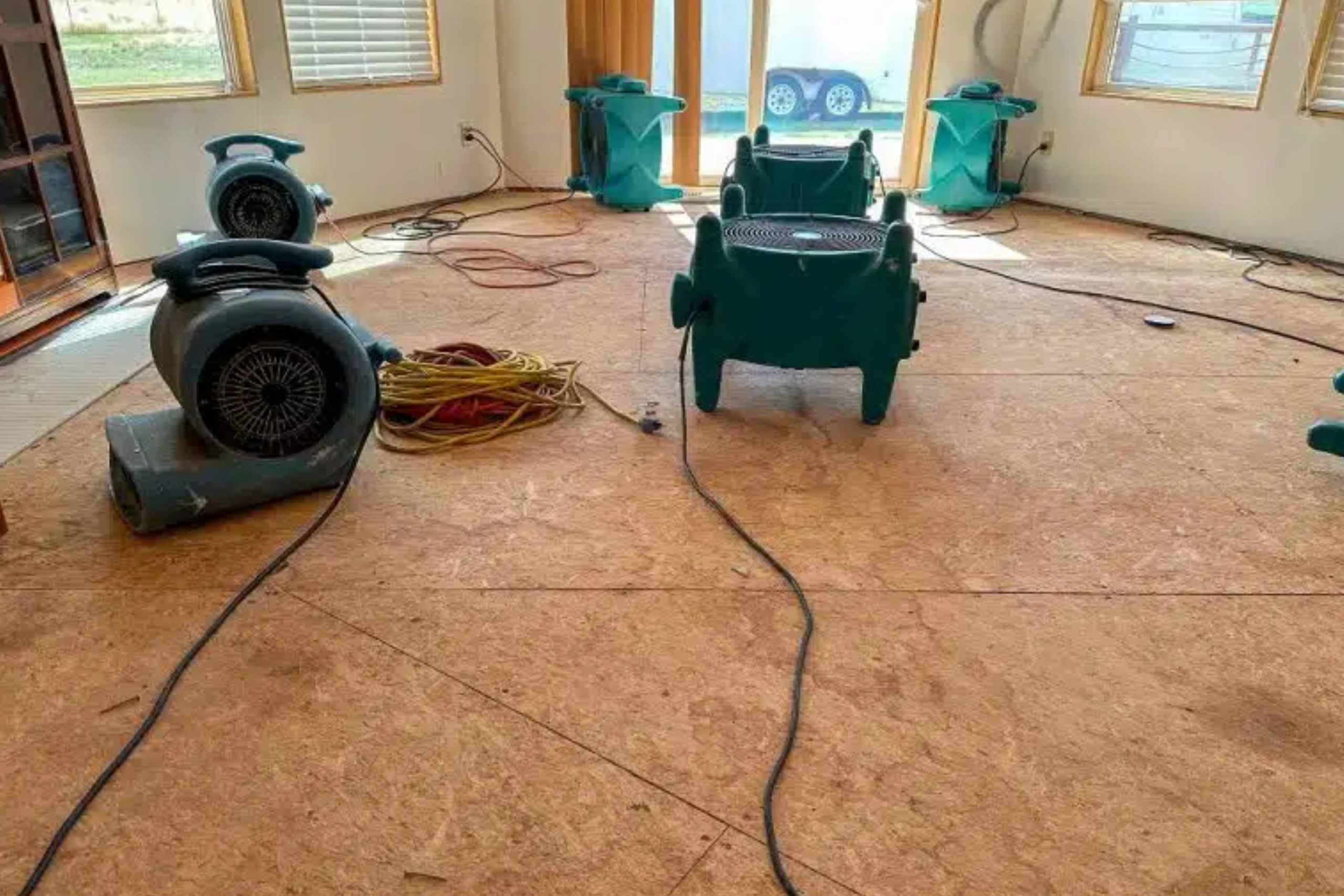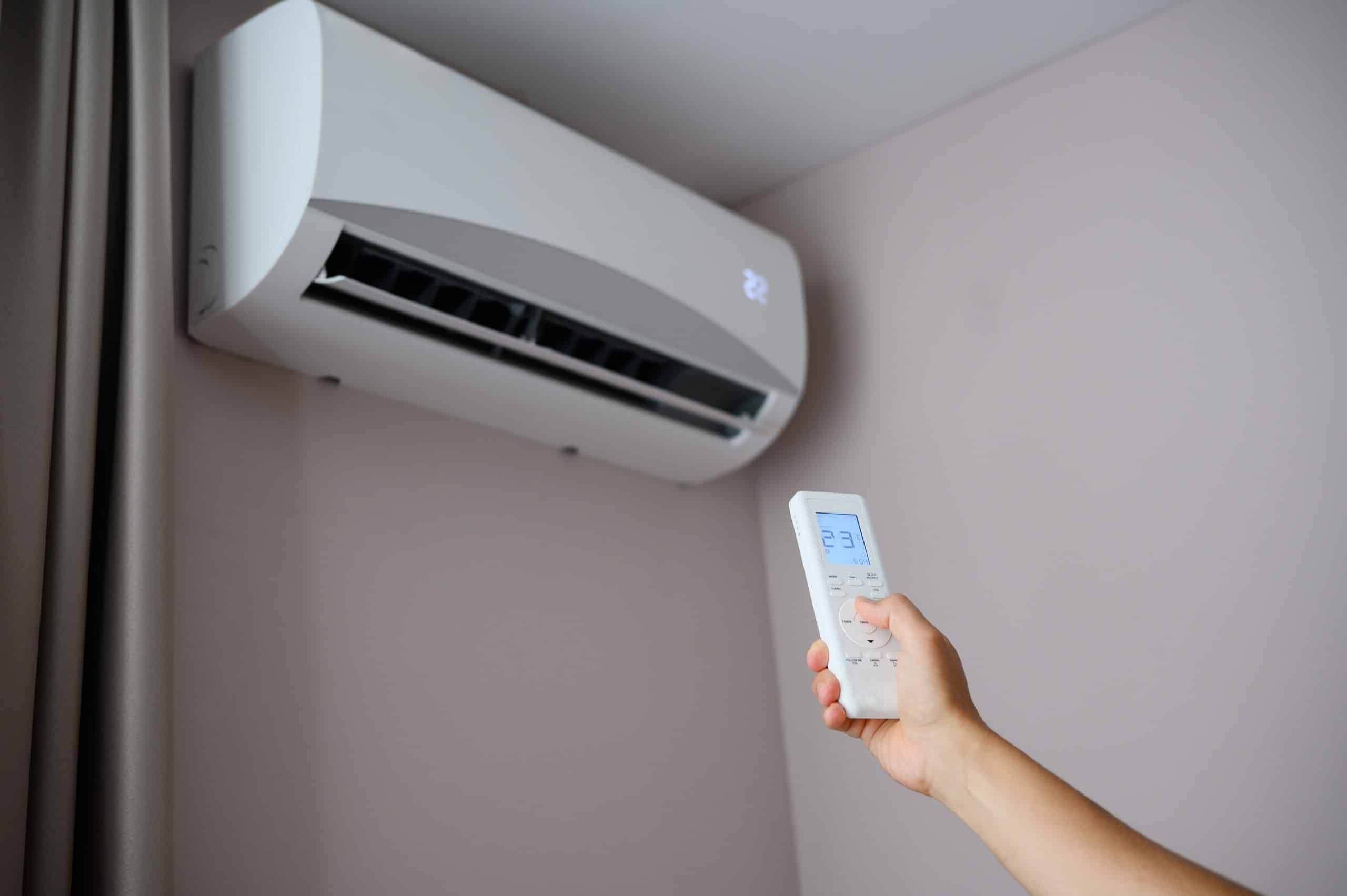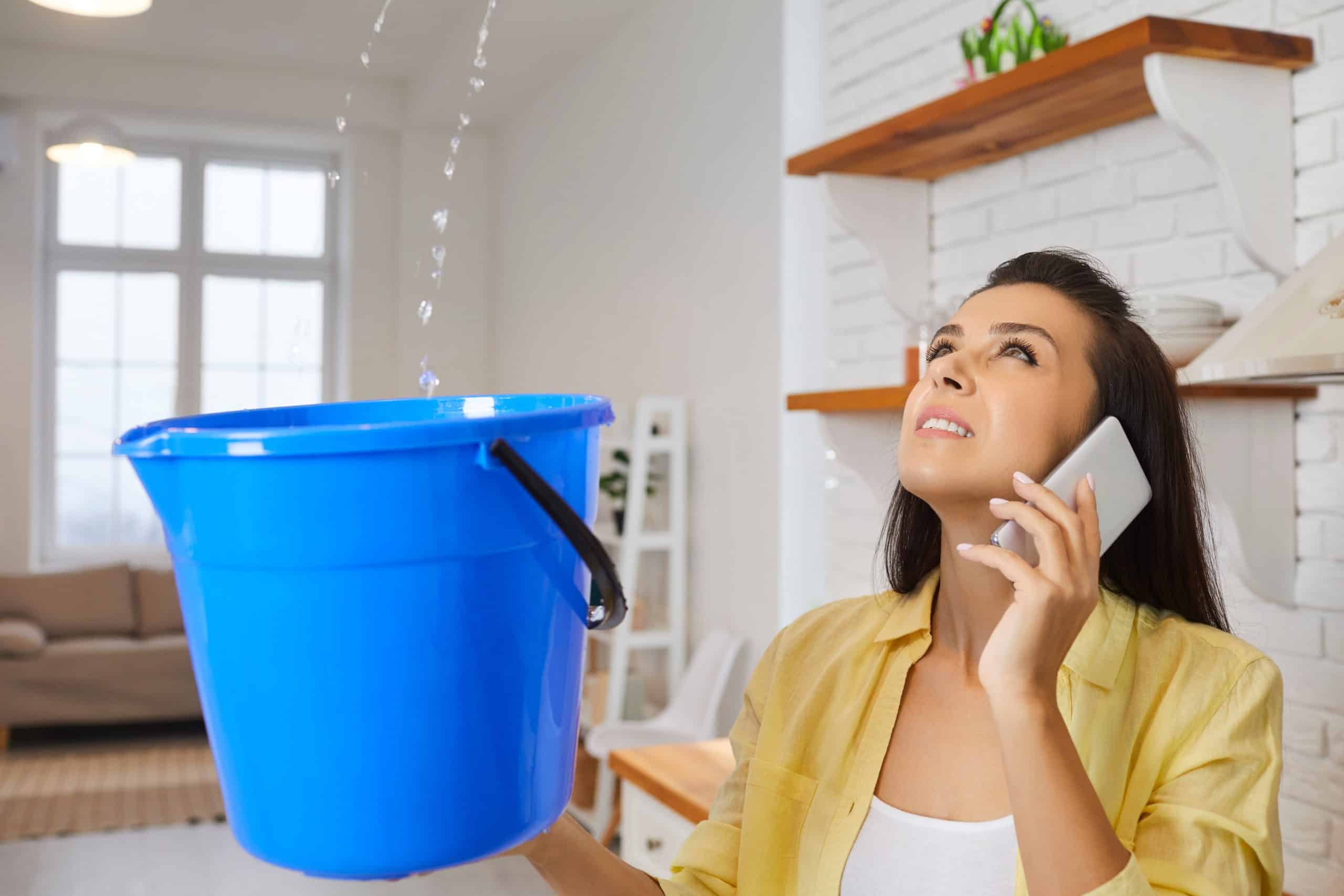Fact: Properly restored floors and furniture recover up to 90% of their original beauty and…
Mold Remediation for Attics
Attics are often the most overlooked areas in a home when it comes to mold growth, but they are particularly vulnerable to moisture buildup and poor ventilation. Mold in the attic can spread quickly if not detected early, causing structural damage and health risks. Addressing mold in this space requires specialized mold remediation methods to eliminate the problem completely. Here’s what homeowners need to know about mold remediation for attics.
Mold thrives in damp, dark environments, and attics are prime locations for these conditions. Leaks from the roof, condensation, or poor insulation can all contribute to moisture buildup in the attic. Left unchecked, this moisture provides the perfect breeding ground for mold. Early detection is crucial, so regular mold inspections near me are recommended to catch mold growth before it becomes a major issue.
Once mold is detected in the attic, mold remediation companies are called in to handle the problem. The first step in the remediation process is identifying and eliminating the moisture source. This could involve fixing roof leaks, improving insulation, or enhancing ventilation to ensure proper airflow in the attic. By addressing the root cause of the moisture, homeowners can prevent mold from returning after the remediation process is complete.
After addressing the moisture issue, the next step is removing the mold. Mold remediation companies use specialized equipment and techniques to remove mold from attic surfaces without spreading spores to other parts of the home. This may involve sealing off the affected area to contain the mold while it’s being cleaned. Non-porous materials can be scrubbed and disinfected, while porous materials like insulation may need to be replaced to ensure no mold remains.
Air quality control is another critical component of mold remediation. Mold spores can become airborne and spread throughout the home if not properly contained. Professional mold remediation teams use air scrubbers and HEPA filters to clean the air and capture mold spores during the removal process. This ensures that the entire attic is free from mold contamination and safe for occupants.
Preventing future mold growth is just as important as the removal process itself. Once remediation is complete, homeowners should take steps to improve attic ventilation and ensure that any potential leaks or moisture problems are addressed promptly. Regular inspections can help catch any signs of mold early, reducing the likelihood of a recurrence.
In conclusion, mold remediation for attics is a critical task that professionals should handle. Mold in the attic can easily go unnoticed until it has already caused significant damage. By scheduling regular mold inspections near me and working with experienced mold remediation companies, homeowners can ensure their attics remain mold-free, and their homes are safe.



